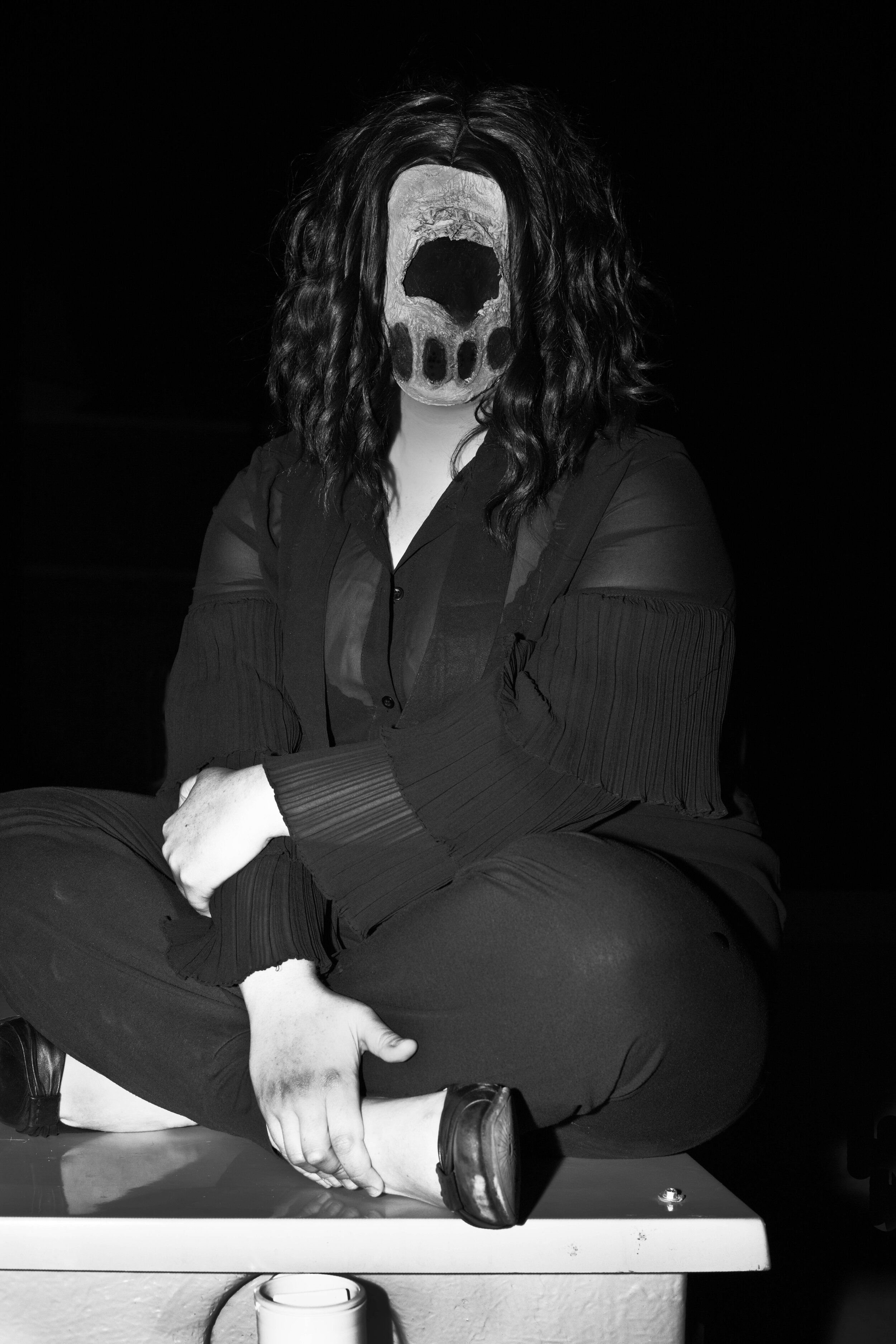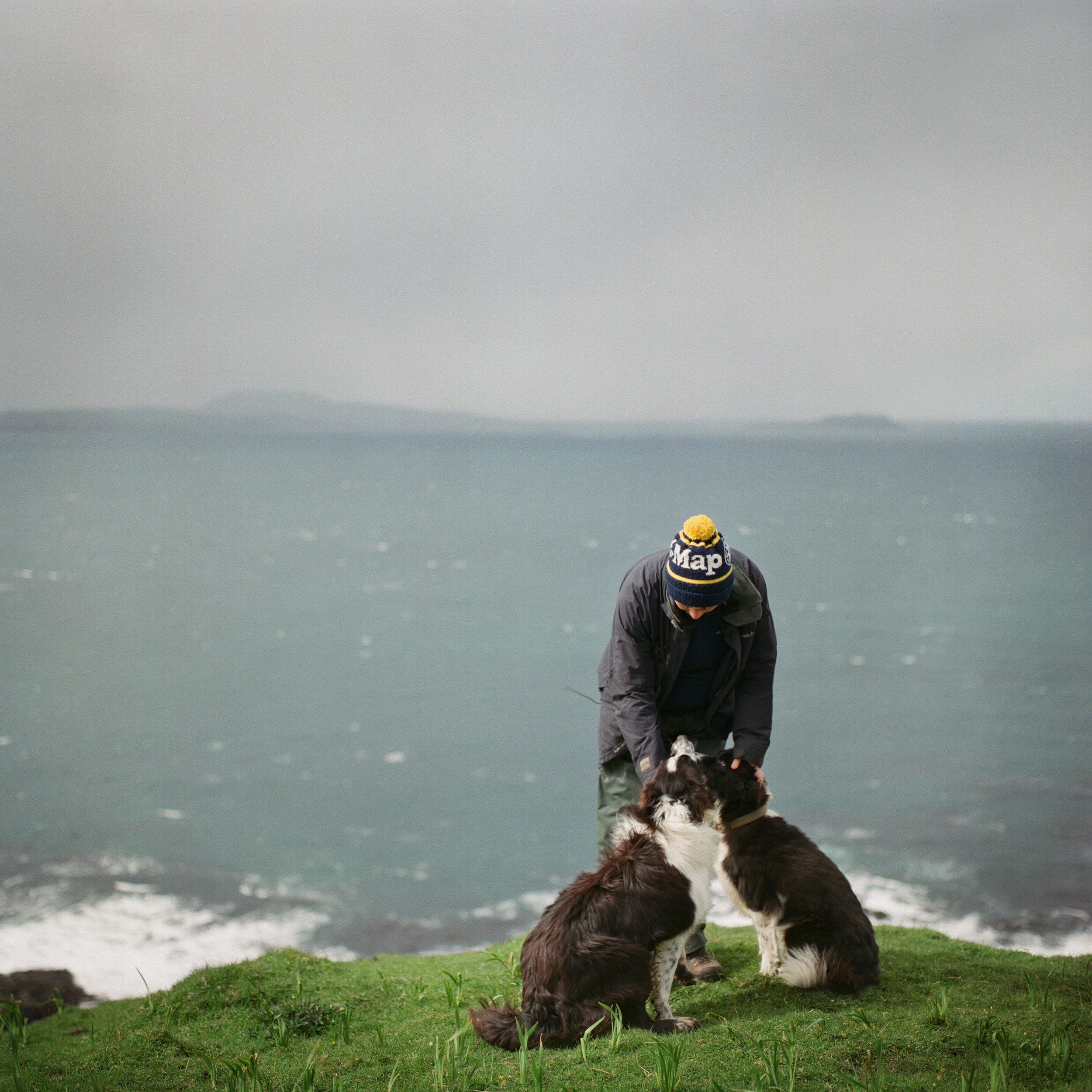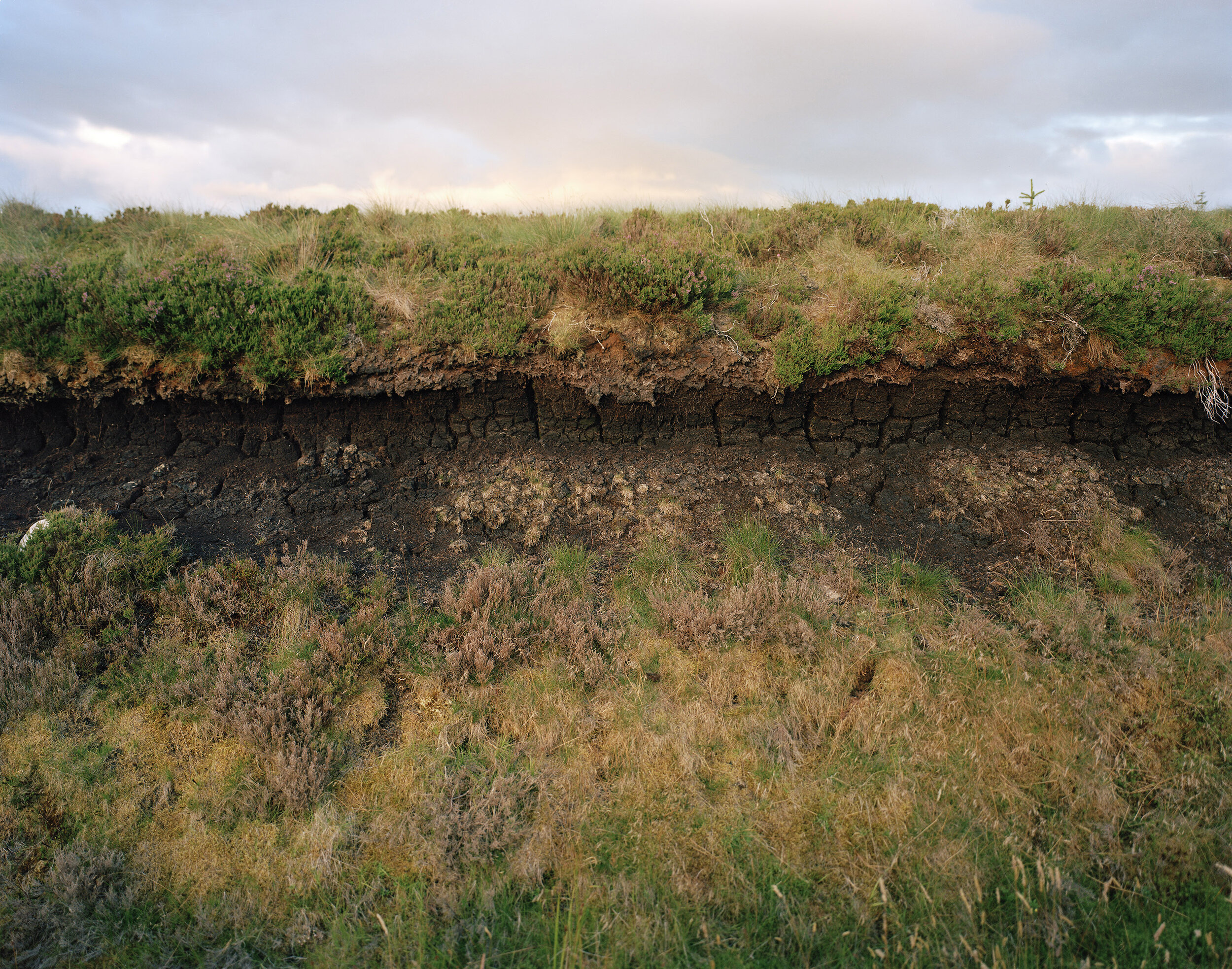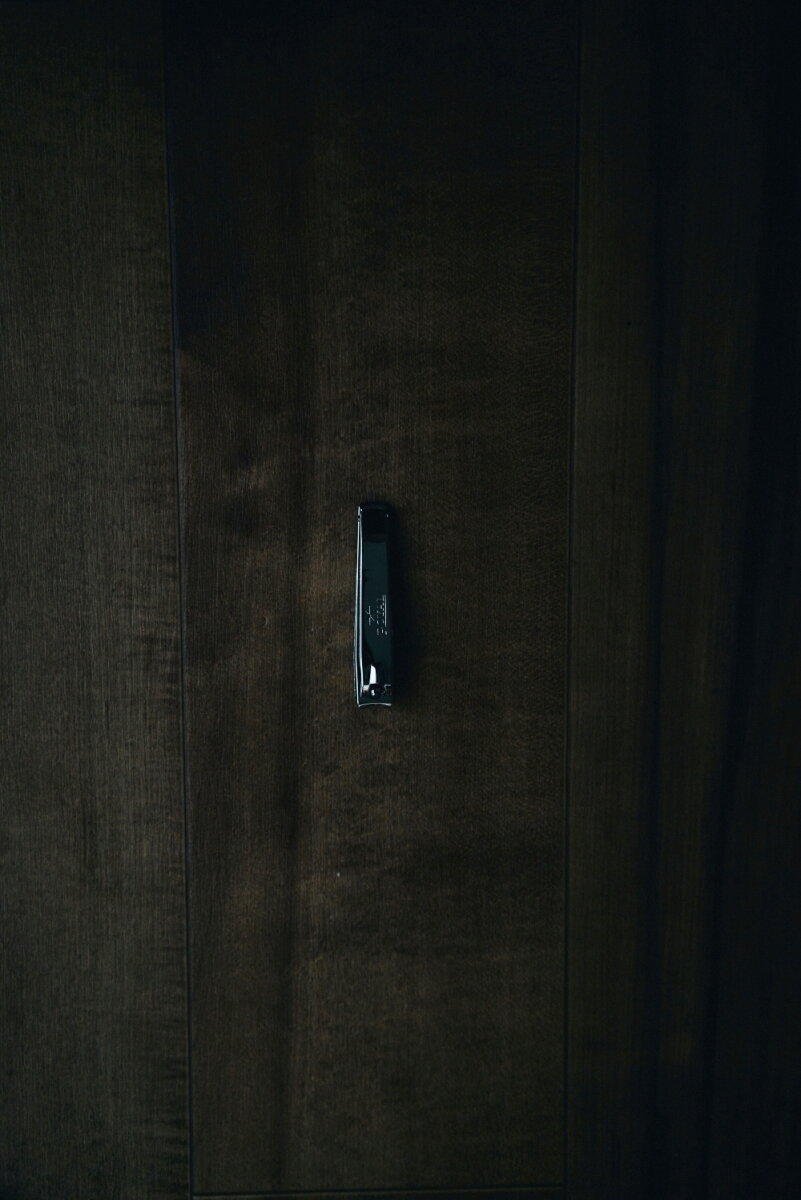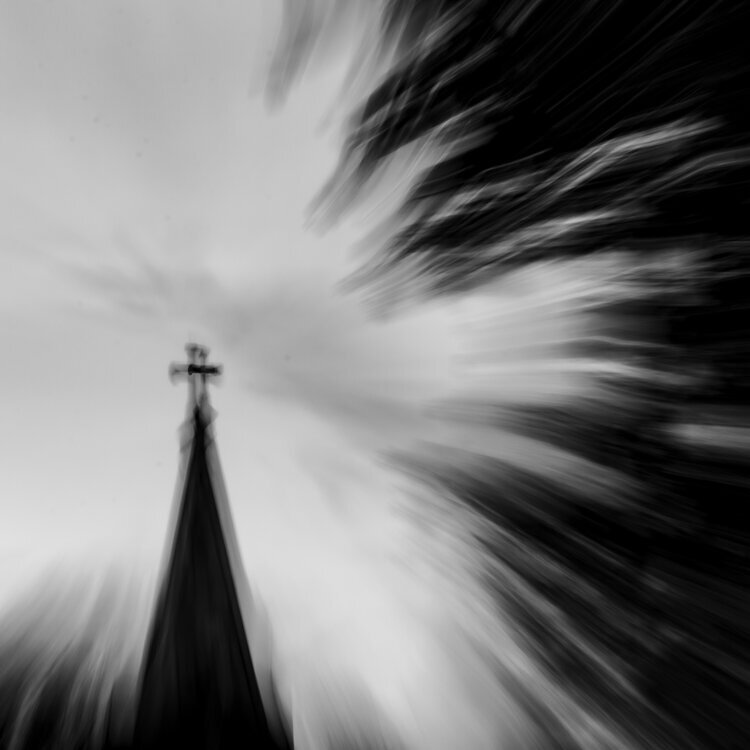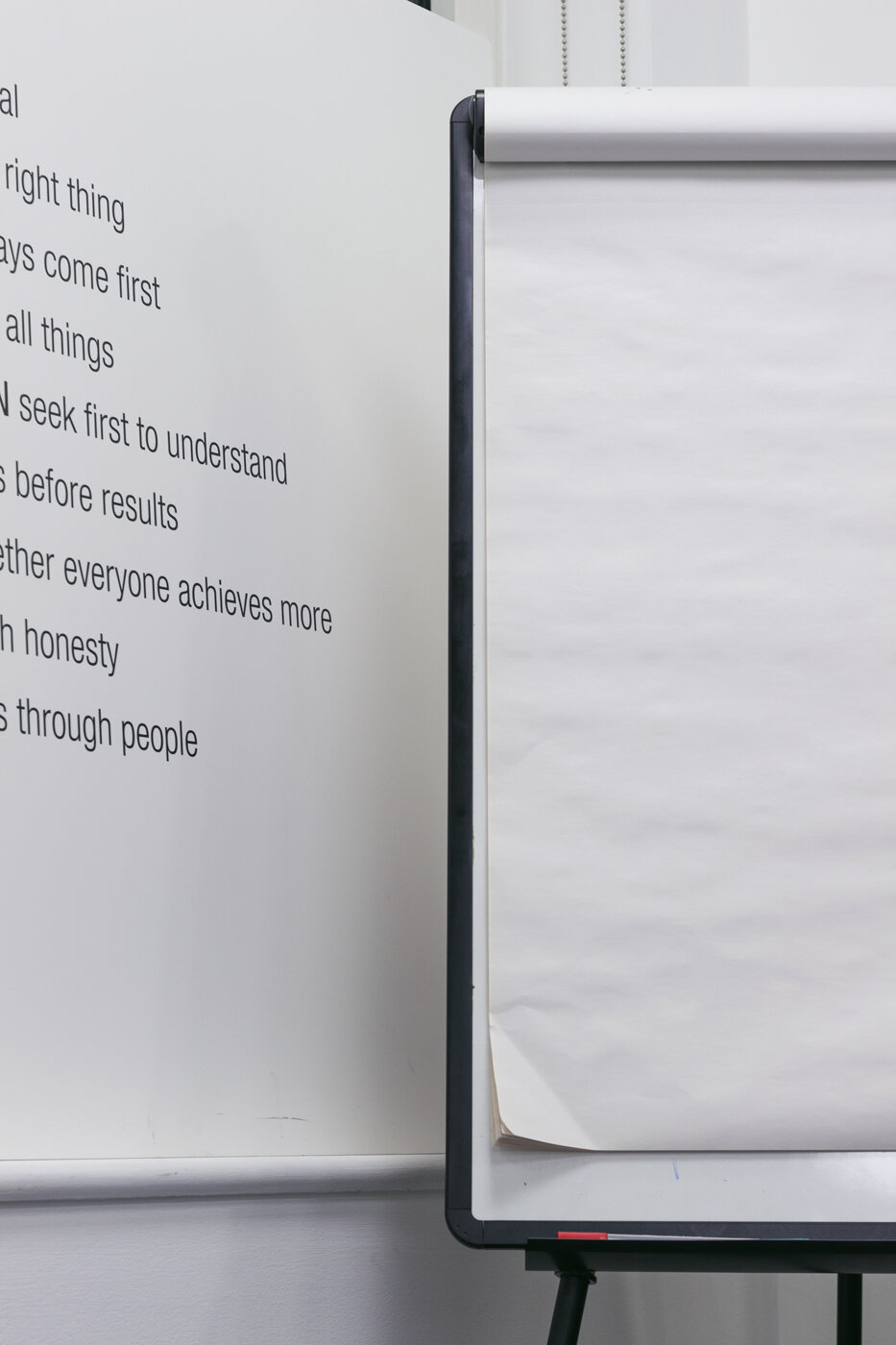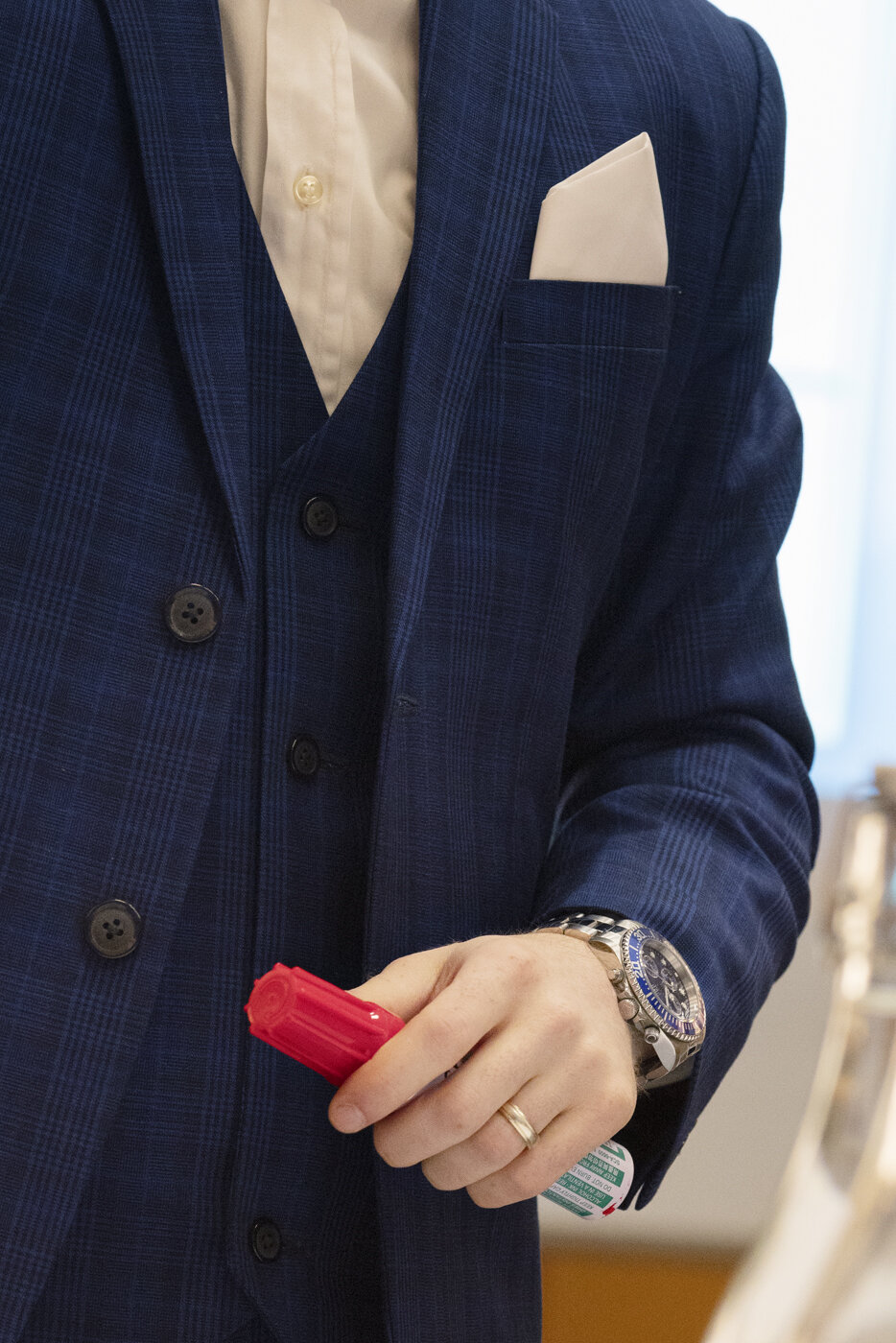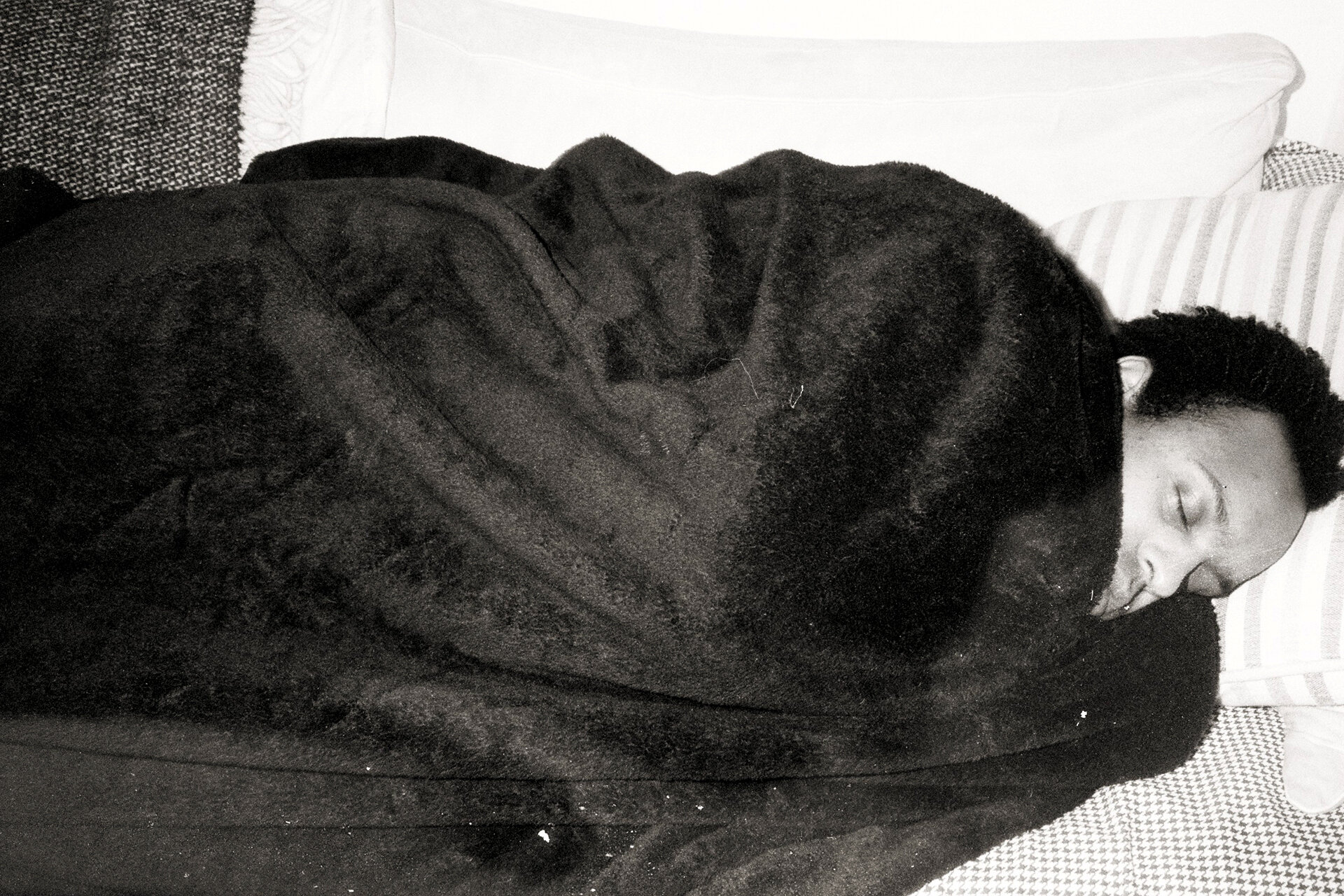Mid March during the lockdown imposed by the government, I retreated into isolation after contacting the virus Covid-19. The stockpiling of medication resulted in a 50% rise in demands for repeat prescriptions. The advice from the National Health Service to order prescriptions no more than ten days before required, was not heeded. The consequent strain on the NHS led to delays in restocking which led to shortages. I could not obtain the medication I take to manage bipolar disorder, resulting in the experience of my own intense withdrawal symptoms over seven days.
It could be said that our personality is made up of our masks. Some we chose to wear, some we wear through a necessity to survive and some are inflicted on us. Caught between the analysis of others that reflects back a sense of their personal worth in which the self finds or seeks affirmation that they are enough. These feelings of depersonalisation that came over me during my week of withdrawal are symbolised as masks. Not the self looking back as an image in a mirror, but reflected upon as if looking into a mirror that might reflect my mind.
Jenny Nash began as a documentary and protest photographer documenting specifically LGBTQ + Pride and her work with Stand Up To Racism. She documents spaces of memory and appropriates PTSD treatments, such as returning to sites of past trauma. She also confronts past traumas in self portraiture sessions. Jenny Nash has a Distinction in a Masters of Research at The Sir John Cass School of Art, and is currently an intern at the L A Noble Gallery.




